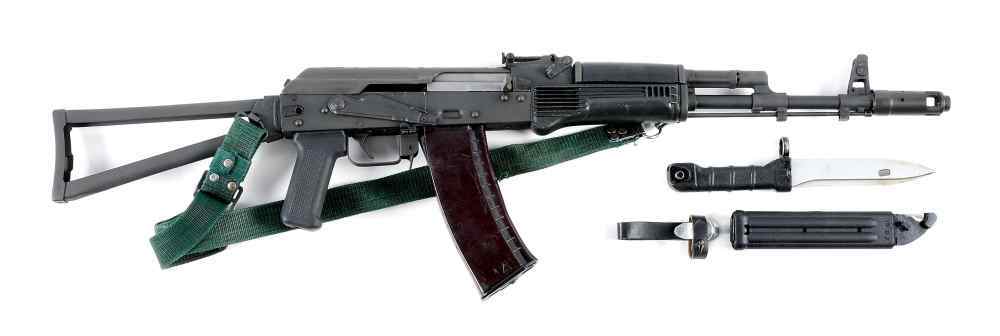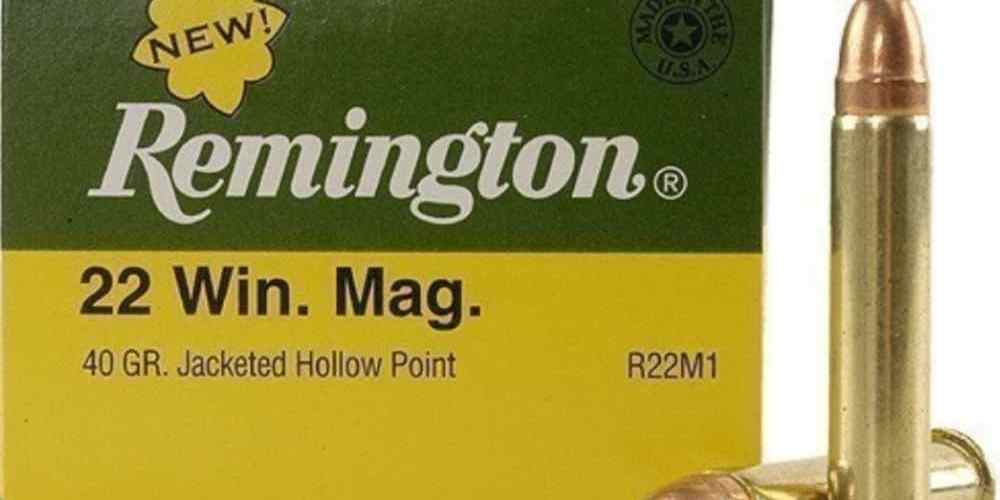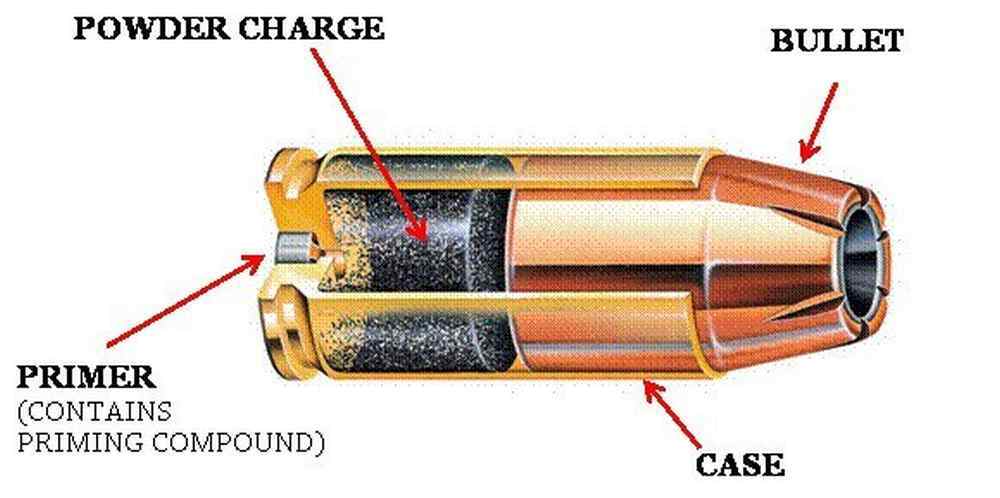Choose your firepower wisely: Standard Pressure vs. +P vs. +P+ Ammunition.
Performance Differences Between Standard Pressure, +P, and +P+ Ammunition
When it comes to selecting ammunition for your firearm, there are a variety of options available on the market. One important factor to consider is the pressure rating of the ammunition, as this can impact the performance of the round. In this article, we will compare standard pressure, +P, and +P+ ammunition to help you understand the differences between these options.
Standard pressure ammunition is what most shooters are familiar with. This type of ammunition is loaded to standard pressure levels set by SAAMI (Sporting Arms and Ammunition Manufacturers’ Institute). Standard pressure ammunition is safe to use in all firearms designed for a particular caliber. It provides consistent performance and recoil that is manageable for most shooters.
On the other hand, +P ammunition is loaded to higher pressure levels than standard pressure rounds. The extra pressure generates higher velocities and muzzle energies, resulting in increased stopping power. However, this also means that +P ammunition produces more recoil and muzzle blast compared to standard pressure rounds. It is important to note that not all firearms are rated for +P ammunition, so always check your gun’s owner’s manual before using this type of ammo.
Moving up from +P ammo, we have +P+ ammunition, which is loaded to even higher pressure levels. This type of ammo is designed for specific firearms that can handle the increased pressures. +P+ ammunition offers even greater velocities and energy than +P rounds, making it ideal for self-defense or hunting applications where maximum stopping power is desired. However, the trade-off is even more pronounced recoil and muzzle blast compared to both standard pressure and +P ammunition.
In terms of performance differences between these three types of ammunition, shooters can expect to see an increase in velocity and energy as they move from standard pressure to +P to +P+ ammo. This translates to improved terminal ballistics and greater stopping power with the higher-pressure rounds. However, it is important to consider whether your firearm can safely handle the increased pressures before choosing +P or +P+ ammunition.
Another factor to consider when comparing these types of ammunition is cost. Generally, +P and +P+ ammunition are more expensive than standard pressure rounds due to the additional materials needed to handle the higher pressures. This can be a consideration for shooters on a budget who may prefer the affordability of standard pressure ammo.
Ultimately, the choice between standard pressure, +P, and +P+ ammunition will depend on your specific needs and preferences as a shooter. If you are looking for maximum stopping power and are willing to deal with increased recoil and muzzle blast, then +P or +P+ ammunition may be the right choice for you. On the other hand, if you prioritize affordability and manageability in terms of recoil, then standard pressure ammo may be more suitable.
In conclusion, understanding the differences between standard pressure, +P, and +P+ ammunition can help you make an informed decision when selecting rounds for your firearm. Consider factors such as performance differences, firearm compatibility, cost, and personal preferences when choosing between these options. Whether you opt for standard pressure rounds or decide to go with higher-pressure ammunition, always prioritize safety and follow manufacturer recommendations for your specific firearm.

Safety Considerations When Using +P and +P+ Ammunition
When it comes to selecting ammunition for your firearm, there are a variety of options available on the market. One factor to consider is the pressure level of the ammunition you choose. Standard pressure, +P, and +P+ ammunition all have different pressure levels, which can impact the performance and safety of your firearm. In this article, we will explore the safety considerations when using +P and +P+ ammunition compared to standard pressure ammunition.
Standard pressure ammunition is designed to operate at a specific pressure level that is safe for most firearms. This type of ammunition is widely available and is suitable for use in most handguns. However, some shooters may prefer the increased performance that comes with higher pressure ammunition.
+P ammunition, also known as overpressure ammunition, is loaded to higher pressures than standard ammunition. This can result in increased velocity and energy, which can improve terminal ballistics. However, it is important to note that not all firearms are rated for use with +P ammunition. Using +P ammunition in a firearm that is not rated for it can result in increased wear and tear on the gun, potentially leading to malfunctions or even catastrophic failure.
When considering using +P ammunition, it is essential to check if your firearm is rated for its use. Consult your firearm’s manufacturer or owner’s manual to determine if your gun can safely handle the increased pressure of +P ammunition. Using +P ammunition in a firearm that is not rated for it can void the warranty and may pose a safety risk to both the shooter and bystanders.
+P+ ammunition is loaded to even higher pressures than +P ammunition, offering even greater performance benefits. However, this type of ammunition should only be used in firearms specifically designed to handle its increased pressure levels. Using +P+ ammunition in a firearm that is not rated for it can have serious consequences, including damage to the gun and potential injury to the shooter or others nearby.
When using high-pressure ammunition such as +P or +P+, it is crucial to pay attention to signs of excessive pressure during firing. These signs can include stiff extraction, bulged cases, or other indications of excessive wear on the firearm. If you notice any of these signs while shooting high-pressure ammunition, stop immediately and consult a qualified gunsmith before continuing.
In conclusion, when choosing between standard pressure, +P, and +P+ ammunition, it is essential to consider the safety implications of using higher pressure rounds. Always check if your firearm is rated for use with high-pressure ammunition before loading it into your gun. Pay attention to signs of excessive pressure while shooting and stop immediately if you suspect any issues. By following these safety considerations, you can enjoy the benefits of high-pressure ammunition while minimizing the risks associated with its use.
Cost Analysis of Standard Pressure vs. +P vs. +P+ Ammunition
When it comes to choosing ammunition for your firearm, there are a variety of options available. One consideration to keep in mind is whether to use standard pressure, +P, or +P+ ammunition. Each type has its own advantages and disadvantages, including cost.
Standard pressure ammunition is the most common type of ammunition available on the market. It is loaded to standard pressure levels set by SAAMI (Sporting Arms and Ammunition Manufacturers’ Institute) and is suitable for most firearms. Standard pressure ammunition is typically less expensive than its +P and +P+ counterparts, making it an attractive option for those looking to save money.
On the other hand, +P ammunition is loaded to higher pressure levels than standard pressure ammunition. This results in increased velocity and energy, which can provide better terminal performance. However, the increased pressure can also cause more wear and tear on your firearm. Additionally, +P ammunition tends to be more expensive than standard pressure ammunition due to the additional components and manufacturing processes required.
Finally, +P+ ammunition is loaded to even higher pressure levels than +P ammunition. This results in even greater velocity and energy, which can be beneficial in certain situations. However, like +P ammunition, +P+ ammunition can cause more wear and tear on your firearm and is typically more expensive than both standard pressure and +P ammunition.
When comparing the cost of standard pressure vs. +P vs. +P+ ammunition, it’s important to consider your specific needs and budget. Standard pressure ammunition is generally the most cost-effective option, making it a good choice for those looking to save money. However, if you require increased velocity and energy, +P or +P+ ammunition may be worth the extra cost.
It’s also worth noting that some firearms are not rated for use with +P or +P+ ammunition. Using these types of ammunition in a firearm not rated for them can cause damage or even injury. Before purchasing any type of ammunition, be sure to check your firearm’s manual or consult with a qualified gunsmith to ensure compatibility.
In conclusion, when comparing the cost of standard pressure vs. +P vs. +P+ ammunition, it’s important to weigh the benefits and drawbacks of each type. Standard pressure ammunition is generally the most affordable option but may not provide the same level of performance as +P or +P+ ammunition. Ultimately, the best choice will depend on your specific needs, budget, and firearm compatibility.
Whether you choose standard pressure, +P, or +P+ ammunition, always prioritize safety and follow proper handling procedures when using firearms. By making an informed decision based on your needs and budget, you can select the right type of ammunition for your shooting activities.
Effect of Different Ammunition Types on Firearm Wear and Tear
When it comes to ammunition, there are several different types available on the market. One factor that can greatly impact the performance of your firearm is the pressure at which the ammunition is loaded. In this article, we will be comparing standard pressure, +P, and +P+ ammunition to see how they affect firearm wear and tear.
Standard pressure ammunition is the most common type of ammunition found on the market. It is loaded to standard pressure levels as determined by SAAMI (Sporting Arms and Ammunition Manufacturers’ Institute). Standard pressure ammunition is designed to function safely in all firearms of appropriate caliber without causing excessive wear and tear on the gun.
On the other hand, +P (or overpressure) ammunition is loaded to higher pressure levels than standard ammunition. This results in increased velocity and energy, making it more powerful than standard pressure ammunition. However, using +P ammunition in a firearm not rated for it can lead to increased wear and tear on the gun. It is important to check if your firearm is rated for +P ammunition before using it.
Finally, +P+ ammunition is loaded to even higher pressure levels than +P ammunition. This type of ammunition is even more powerful and can deliver greater velocity and energy. However, just like with +P ammunition, using +P+ in a firearm not rated for it can lead to increased wear and tear on the gun. It is crucial to always follow manufacturer recommendations when selecting ammunition for your firearm.
When comparing the three types of ammunition in terms of their effect on firearm wear and tear, it is clear that using higher pressure ammunition can lead to increased stress on the gun. The higher pressures generated by +P and +P+ ammunition can cause more recoil and muzzle blast, which can accelerate wear on the gun’s components. Over time, this can lead to increased maintenance costs and potentially shorten the lifespan of your firearm.
It is important to note that using +P or +P+ ammunition in a firearm not rated for it can void the manufacturer’s warranty and potentially create unsafe conditions. Always consult your firearm’s manual or contact the manufacturer if you are unsure about what type of ammunition is safe to use in your gun.
In conclusion, when choosing between standard pressure, +P, or +P+ ammunition, it is essential to consider how each type will affect your firearm’s wear and tear. While higher pressure ammunition may offer increased performance, it can also lead to increased stress on your gun’s components. Always follow manufacturer recommendations and use only the type of ammunition that your firearm is rated for to ensure safe and reliable operation.
Accuracy and Recoil Comparison of Standard Pressure, +P, and +P+ Ammunition
When it comes to choosing ammunition for your firearm, there are a variety of options available on the market. One important factor to consider is the pressure of the ammunition you are using. Standard pressure, +P, and +P+ ammunition all have different pressure levels, which can affect the performance of your firearm in terms of accuracy and recoil.
Standard pressure ammunition is what most firearms are designed to shoot. It operates at a specific pressure level that is considered safe for most firearms. This type of ammunition is reliable and consistent, making it a popular choice for many shooters. However, standard pressure ammunition may not always provide the best performance in terms of accuracy and stopping power.
On the other hand, +P (or overpressure) ammunition is loaded to higher pressure levels than standard ammunition. This results in increased velocity and energy, which can improve accuracy and terminal performance. +P ammunition is often used in self-defense situations where stopping power is crucial. However, shooting +P ammunition in a firearm not rated for it can cause excessive wear and tear on the gun.
Lastly, +P+ (or overpressure plus) ammunition is loaded to even higher pressure levels than +P ammunition. This type of ammunition is typically reserved for law enforcement and military use, as it provides maximum velocity and energy for superior stopping power. However, shooting +P+ ammunition in a firearm not designed for it can be dangerous and may cause damage to the gun.
When comparing standard pressure, +P, and +P+ ammunition in terms of accuracy, there are a few key factors to consider. Standard pressure ammunition tends to have less recoil than +P or +P+ loads, which can make it easier to shoot accurately. However, the increased velocity of +P and +P+ ammunition can also improve accuracy by reducing bullet drop and wind drift.
In terms of recoil, standard pressure ammunition typically produces less felt recoil than +P or +P+ loads. This can make shooting more comfortable and help maintain accuracy over multiple shots. However, some shooters may prefer the increased recoil of +P or +P+ loads as it can help with quick follow-up shots and improve overall control of the firearm.
Overall, when choosing between standard pressure, +P, and +P+ ammunition for your firearm, it’s important to consider your intended use and the capabilities of your gun. Standard pressure ammunition is a reliable choice for general shooting purposes, while +P and +P+ loads offer increased velocity and stopping power for self-defense or tactical applications.
In conclusion, each type of ammunition has its own advantages and disadvantages when it comes to accuracy and recoil. By understanding the differences between standard pressure, +P, and +P+ loads, you can make an informed decision on which type of ammunition is best suited for your needs. Remember to always follow manufacturer recommendations and guidelines when selecting ammunition for your firearm to ensure safe and effective performance.







